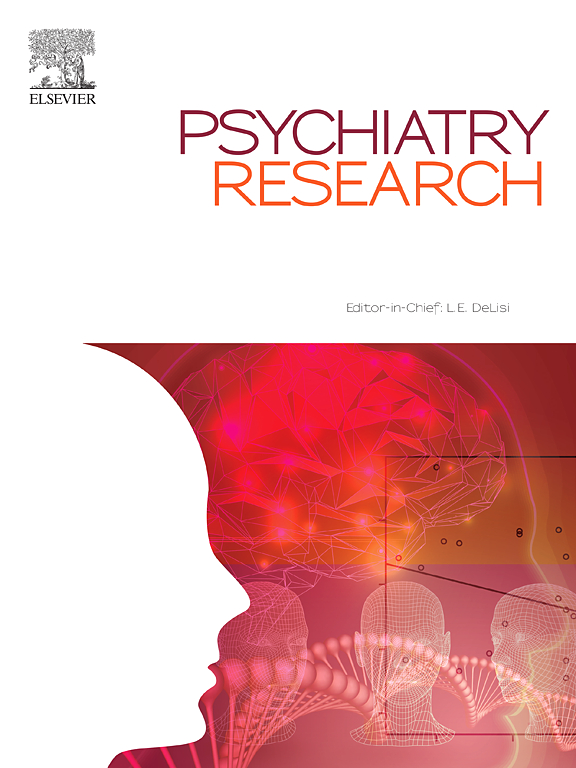Transition from schizotypal disorder to non-affective psychotic disorders including schizophrenia: A nationwide Swedish cohort study
IF 4.2
2区 医学
Q1 PSYCHIATRY
引用次数: 0
Abstract
This study evaluated the transition rates from schizotypal disorder to non-affective psychosis and schizophrenia in particular aiming to identify clinical and demographic factors associated with these transitions. We conducted a nationwide cohort study using data from the Swedish Patient Register and the Cause of Death Register, including patients aged 18 and older diagnosed with schizotypal disorder (ICD-10 F21) between 2006 and 2017. Cox proportional hazards regression was employed to assess the associations between baseline characteristics and transitions to schizophrenia (ICD-10 F20) and other non-affective psychotic disorders (ICD-10 F20-F29, excluding F21), with follow-up extending up to 12 years. Of the 667 patients included, 12.0 % transitioned to schizophrenia, and 22.5 % to other non-affective psychotic disorders. The estimated 10-year cumulative risks of transition were 24.6 % for schizophrenia and 43.5 % for non-affective psychotic disorders. Older age and diagnosis allocated during the study's early observation years were associated with a reduced risk of transition to schizophrenia, while pre-existing depression and anxiety disorders had protective effects. In contrast, substance use disorders other than alcohol were associated with an increased risk of transitioning to non-affective psychotic disorders. These findings highlight that a significant portion of individuals with schizotypal disorder progress to more severe psychotic disorders, underlining the need for careful monitoring, especially in those with comorbid substance use.
求助全文
约1分钟内获得全文
求助全文
来源期刊

Psychiatry Research
医学-精神病学
CiteScore
17.40
自引率
1.80%
发文量
527
审稿时长
57 days
期刊介绍:
Psychiatry Research offers swift publication of comprehensive research reports and reviews within the field of psychiatry.
The scope of the journal encompasses:
Biochemical, physiological, neuroanatomic, genetic, neurocognitive, and psychosocial determinants of psychiatric disorders.
Diagnostic assessments of psychiatric disorders.
Evaluations that pursue hypotheses about the cause or causes of psychiatric diseases.
Evaluations of pharmacologic and non-pharmacologic psychiatric treatments.
Basic neuroscience studies related to animal or neurochemical models for psychiatric disorders.
Methodological advances, such as instrumentation, clinical scales, and assays directly applicable to psychiatric research.
 求助内容:
求助内容: 应助结果提醒方式:
应助结果提醒方式:


